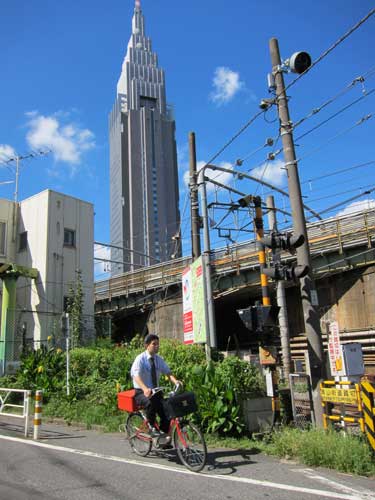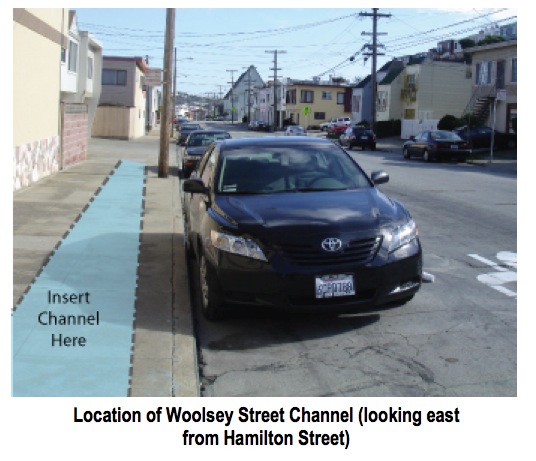
I noticed this interesting semi-wild, semi-cultivated space alongside a busy Yoyogi road and in between two train tracks, an elevated overpass, and a convenience store. It shows you what minimal effort and Tokyo’s abundant rain can do to create a space that is lush and full of summer flowers. I like the mix of wildness and anonymous stewardship. The results are such a contrast with poorly organized city efforts like this Shibuya Greening Project, documented by Chris on Tokyo DIY Gardening, which seem doomed to rapid failure.



